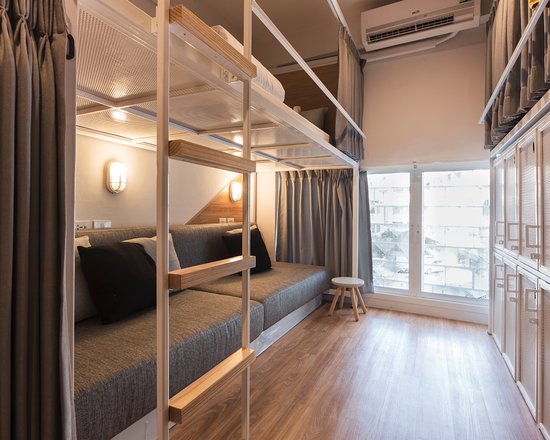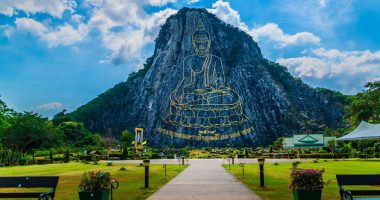When traveling to Thailand, one of the most memorable experiences is exploring its vibrant markets and discovering the essential ingredients that make Thai cuisine so unique. For those looking to recreate authentic Thai dishes back home, here are some must-buy ingredients and where to find them.
Essential Ingredients for Thai Cooking
Fish Sauce and Coconut Milk
Fish sauce, known as Nam Pla, is the backbone of Thai flavor, adding a salty umami taste to dishes like stir-fries and curries. Coconut milk, on the other hand, provides a creamy texture and subtle sweetness, making it indispensable for curries and desserts like sticky rice with mango. These ingredients can be found in most local markets and grocery stores across Thailand.
Exploring Thai Markets
Lemongrass and Galangal
Lemongrass and galangal are staples in Thai cooking, offering citrusy and earthy flavors respectively. Lemongrass is often used in soups and curries, while galangal is a key component in dishes like Tom Yum. Fresh lemongrass and galangal can be found in local markets, but if not available, lemongrass paste and dried galangal are good alternatives.
Delving into Thai Spices
Kaffir Lime Leaves and Thai Basil
Kaffir lime leaves add a bright, citrusy flavor to curries and soups, while Thai basil brings a peppery, slightly spicy note to stir-fries and noodle dishes. Both ingredients are widely available in Thai markets and can be stored for later use by freezing or drying.
Completing Your Thai Pantry
Palm Sugar and Tamarind Paste
Palm sugar provides a rich, caramel-like sweetness in desserts and curries, while tamarind paste adds a tangy flavor to dishes like Pad Thai. These ingredients are essential for balancing the flavors in Thai cooking and can be found in most grocery stores and markets throughout Thailand.









